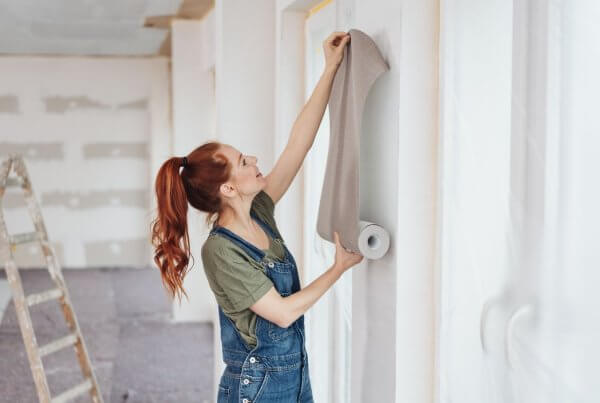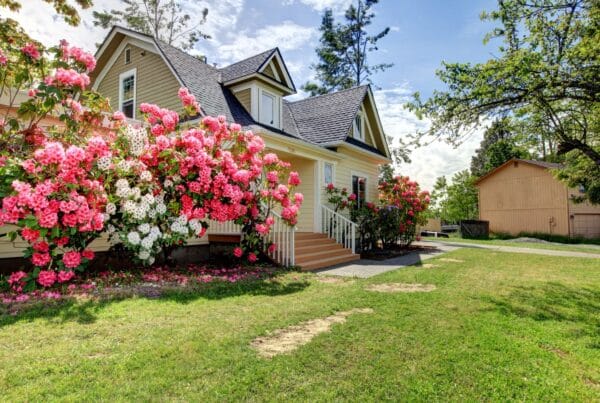Homeowners in regions prone to natural disasters face unique challenges, but investing in strategic renovations can safeguard their property while boosting its value. Consider these five upgrades to increase house value in natural disaster areas. Strategic enhancements can improve safety, increase the home’s structural integrity, and appeal to prospective buyers.
Reinforced Roofing
Your roof takes the brunt of extreme weather, making it a critical upgrade to increase your home’s value in a natural disaster area. Upgrading to impact-resistant materials, such as metal or asphalt shingles designed to withstand high winds and hail, significantly reduces the risk of storm damage.
Reinforced roofs can prevent leaks that lead to repairs, ensuring the structural integrity of your home. Additionally, they often qualify homeowners for reduced insurance premiums, making this upgrade a smart financial decision.
Storm-Proof Windows and Doors
Windows and doors often become weak points during hurricanes or tornadoes. Flying debris and high-velocity winds are some of the worst ways weather can damage your home and property, but you can protect against this by installing impact-resistant glass and heavy-duty frames.
Storm-proof windows and doors improve safety and enhance energy efficiency by providing better insulation. Buyers in disaster-prone regions appreciate homes with these features, as they offer both protection and year-round comfort.
A Whole Home Generator
Natural disasters often cause power outages that last for days or weeks. Installing a whole-home generator ensures uninterrupted electricity and keeps essential systems such as heating, cooling, and refrigeration operational.
The benefits of having a whole-home generator system go beyond convenience; they also protect your home by preventing issues such as frozen pipes during winter or food spoilage during extended outages. This upgrade adds tremendous appeal for buyers, especially in areas where unpredictable weather is the norm.
Whole-home generators run on fuel sources such as natural gas or propane, making them reliable and efficient during emergencies. They also reduce the stress of losing power amidst extreme weather, offering peace of mind to current and future homeowners.
Elevated Foundation and Floodproofing
Flooding is one of the most destructive forces in natural disaster-prone areas, but proper planning can mitigate its impact. Elevating the foundation of your home helps protect your property against rising water levels.
Floodproofing measures, such as sealing walls, installing sump pumps, and using water-resistant materials, further improve resilience. Buyers value homes that show preparedness against floods, as this minimizes the risk of expensive water damage. Additionally, these upgrades help homeowners comply with local building codes and FEMA recommendations in high-risk zones.
Fire-Resistant Landscaping
Wildfires present a growing threat in many parts of the country, but fire-resistant landscaping can help protect your home. Using nonflammable materials such as gravel for walkways and planting fire-resistant shrubs or trees reduces fire spread.
Keeping vegetation trimmed and ensuring there’s adequate space between plants and your house are just some of the practical ways to protect your home from potential fire damage. These proactive measures enhance curb appeal while demonstrating a commitment to safeguarding the property against wildfires.




